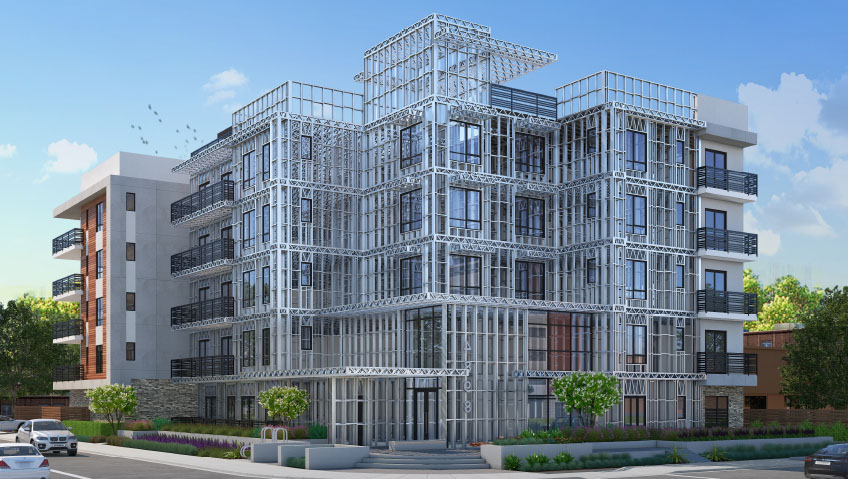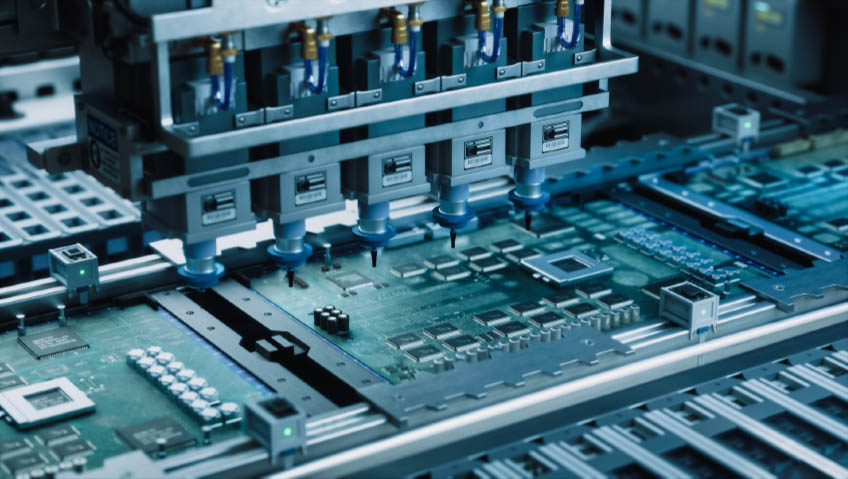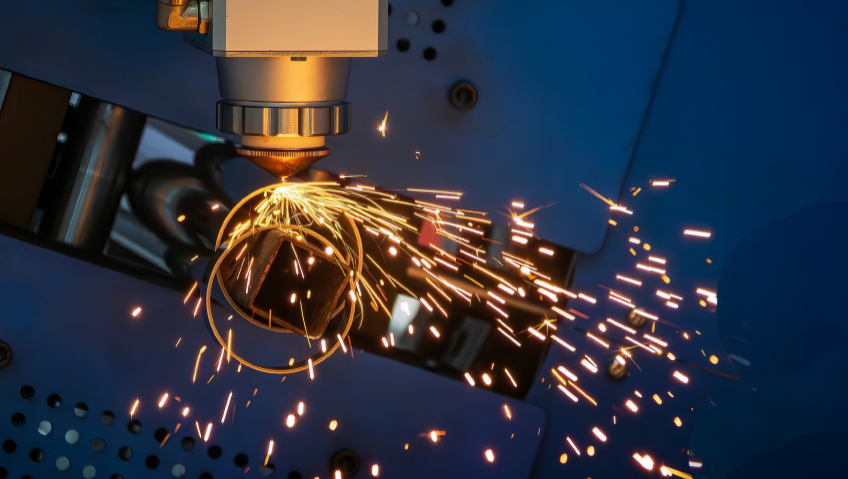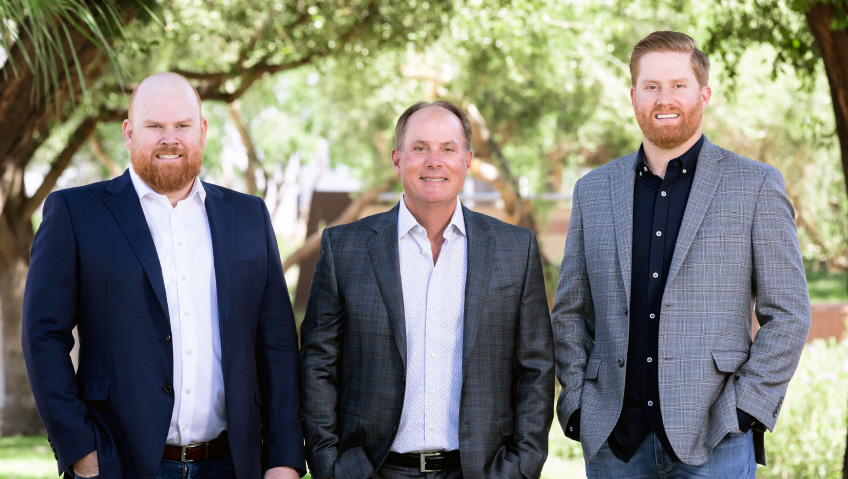LIVIO Building Systems is making big moves and bringing new ways of thinking into the construction industry—but the person behind its development initially made his name outside of construction. Founder and Chief Executive Officer Navneet Aron began his journey as a real estate developer in 2013, possessing no background in development construction; prior to this, he was an engineer who had worked in software developing consumer and mobile applications, among other projects.
Aron was interested in the field of real estate development and began with a ground-up project to subdivide a piece of land into two parts and build two homes. Throughout his initial experiences in the field, he became frustrated with the construction industry and what he says are its troubles with efficiency, transparency, speed of execution, and repetition of the same issues.
In 2017, he moved forward with his own company to bring more engineering and technology-driven systems into construction, as well as techniques to avoid typical issues experienced on the construction site. One such issue, he explains, is that framing remains more of a craft than a science, in that it can take a long time for contractors to do cut and framing while still being inaccurate in the final product, causing further need for repairs, leading to delays and cost overruns.
These considerations led the company to undertake its own manufacturing research and development into cold-formed steel-based building systems. The team found that engineering principles, combined with materials research, can lead to dramatic efficiency increases of 75 percent or more.
Aron explains that the mission of LIVIO is to create a building system that is constantly evolving. The company’s sole product, technically, is a building system involving steel-based framing that can be used for a multitude of projects, from single- and multi-family homes to housing projects, offices, resorts, and more.
After creating virtual models of the project, the company’s builders analyze its components and create an erection sequence of simple instructions that are highly visual and easy to understand. Then, a packing sequence is automatically made into LIVCubes, which outline the instructions and contain the materials into stackable cubes. The process is done extremely quickly and precisely, and no measuring tape is required on the customer’s part.
In using this unique approach to construction, one of the key goals is to cut down on labor time at the job site. Because everything the company does is factory-built and tested, the quality of its building system and how it works in three dimensions can improve the overall quality of a building. Through its process, LIVIO continues to make good on Aron’s desire to expedite and improve the construction process for building projects, an approach that its clients are happy to embrace.
Recently, the company has launched new additions to its product suite including composite panels as well as the integration of third-party sheeting products such as fiber-reinforced structural cement boards and floors, and sandwich panels with magnesium oxide on exterior walls. The magnesium oxide panels achieve the fire rating and insulation required for new building projects, and these elements all dramatically reduce the time taken on a job site to erect a building.
“Today, our customers can stand a five-story building in eight hours with very few people and two cranes,” Aron says. The building is ready for inspection directly following, which is practically unheard of in construction.
Of course, the workforce at LIVIO is uniquely qualified to work with its innovative products, and training that workforce is of considerable internal value. Aron notes that the company hosts a monthly hands-on training program over half a day in San Jose, California, where it educates anyone who is interested on the LIVIO product. Participants ultimately erect a small building as a final test. The sessions are well-attended, with guests from across the country and even from Canada, and expansion is planned to host such training programs in more areas.
Aron says that most industry professionals come from a background in lumber and are poised to work well with steel-based framing, and many are very pleased to see how easy the LIVIO product is to work with. In fact, these training sessions have become something of a distribution channel for the company, with contractors in various parts of the country going on to inform prospective area clients about it. As with any technology, there is often a fear from clients as to whether their teams can work with it or adapt it to their setup, but the training serves to eliminate any unknowns and address any concerns. LIVIO also offers a solid support program available to customers every workday.
Of course, while the company seeks to revolutionize construction in its own way, it must do so within the environment it has, rather than the one it may want. Aron affirms that the construction industry has faced challenges for the past several years, with increasing interest rates around the globe leading to a slowdown in construction and many projects not able to move forward as intended. This has led to developers of all kinds struggling. “Extremely high production costs are hurting the industry,” he shares. And while these costs can be alleviated slightly with the incoming rate cuts, he believes that inefficiencies are also leading to these high construction costs.
To offset these challenges, the company will continue to lean on what brought it to the dance in the first place. Aron notes that technology in any industry is a tool to drive that industry forward, so LIVIO intends to bring efficiency to construction and create ways for all professionals and companies to deliver a higher level of value than ever before.
LIVIO is fortunate to have an opportunity to do that for its customers. Aron says that there will be a higher level of efficiency in the construction space in the coming years that everyone will soon be enjoying, and his company is helping lead the way to that future.
In the first quarter of 2025, LIVIO will launch its next generation of building systems, which will include pre-assembled and installed plumbing in the floor and wall panels, as well as electrical elements like boxes, wires, and switches, according to Aron. This plug-and-play system will cut labor time by 75 percent for the plumbing and electrical trades. In Q3 of next year, air conditioning systems will also be pre-integrated into the product.
LIVIO will continue to enhance its composite panel offering and provide a selection of window options that can be installed in the factory. The company will also be continually enhancing and developing its product into a richer state where more of the rough trade work will be accomplished in a precise factory setting. On-site teams focusing on finishing a project quickly will mean more insulation and roof operations.
Certainly, there is a lot to come, and Navneet Aron believes the company is just getting started. “It’s like we started building the chassis of a car first before we put in the other things to come later,” he says. A strong structure leading to a superior final product is what LIVIO Building Systems is all about.






